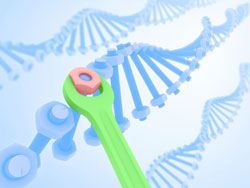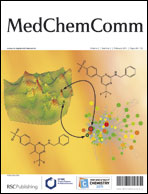Current treatments for heart attacks usually involve restoring blood flow to the heart and and removing the blockage that caused it in the first place. But what treatments are there for the oxygen-starved muscle? Well, currently, none.
The correct name for the damage caused to tissue by a lack of oxygen and nutrients is reperfusion injury, largely caused by the production of reactive oxygen species. Naturally occurring flavonoids – antioxidants found in fruit, tea, wine and chocolate – have been shown to have a positive effect on cardiovascular health and have been highlighted as promising treatments for heart disease. To date however, the poor aqueous solubility of the most promising flavonol candidates has prevented further therapeutic development – probably because the FDA has strong views on DMSO as an injecting solvent.
Now, researchers from Melbourne, Australia have synthesised water soluble prodrugs of some of those flavonols. Owen Woodman and co-workers synthesised phosphate and hemiadipate derivatives of flavonol, 4′-hydroxyflavonol and 3′,4′-dihydroxyflavonol which were shown to significantly decrease reperfusion injury in two distinct animal models. The group hopes this work will make a meaningful step towards the clinical application of hydroxylated flavonols.
Read the full details of this interesting study online – the article is currently free to access:
Water soluble flavonol prodrugs that protect against ischaemia-reperfusion injury in rat hindlimb and sheep heart
Spencer J. Williams, Colleen J. Thomas, Mirna Boujaoude, Carlie T. Gannon, Shannon D. Zanatta, Bevyn Jarrott, Clive N. May and Owen L. Woodman
Med. Chem. Commun., 2011, Advance Article
DOI: 10.1039/C0MD00240B














 This new and exciting issue comes with two reviews.
This new and exciting issue comes with two reviews.